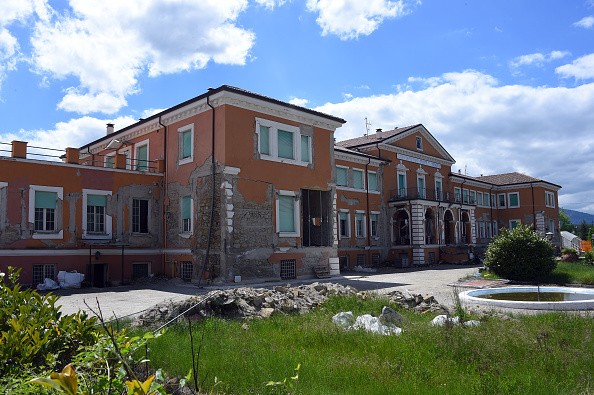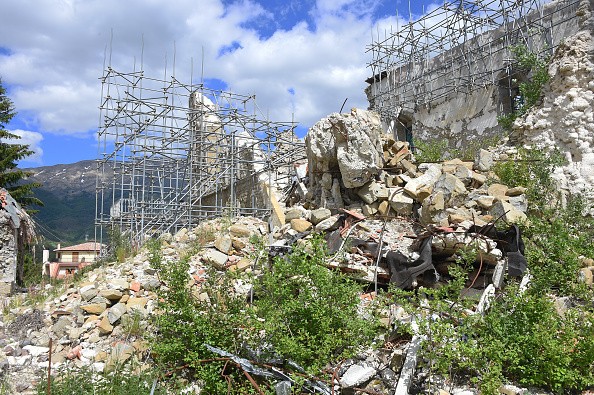Natural disasters of Mother Nature that shake Earth's surface each time tectonic plates - fractured pieces of its outer shell slide against, under, or over each other - this makes us remember that we inhabit a dynamic planet.
According to the U.S. Geological Survey (USGS) estimation, as many as 20,000 quakes rattle the globe every year. But despite their fairly constant occurrence, earthquakes require serious attention. Here are 5 fascinating facts that give an illustration of how remarkable earthquakes can be.

Earthquakes Have the Ability to Move in Slow-Motion
All earthquakes are not threatening bursts of destruction that kick off and stop in just seconds. Slow quakes, or "slow-slip" events as named, discharge such little amounts of restrained seismic energy at a time, that their earthquakes persist from several days to several weeks anywhere it occurs.
Animals Sense Earthquakes Minutes to Days Before They Take Place
As per the USGS, animals are capable of predicting earthquakes - meaning, they can't give specifics that have to do with when a quake will happen, or where its epicenter will be located. But thanks to animal's finely-tuned senses, they can detect an earthquake when it is still at its earliest stages.
For instance, there is this believe that they can detect the primary wave's (P-waves) arrival, which brings about a parallel, back-and-forth movement and comes before secondary waves (S-waves), which shakes up and down.
A study on animal behavior and earthquakes discovered that a colony of toads left their mating location three days before a 2009 magnitude 6.3 earthquake hit L'Aquila, Italy.
Earthquakes Can Generate Lightning
In rare instances, luminous phenomena, both balls of light, steady glows, and streamers, have been connected to earthquakes.
As per eyewitness reports, these earthquake lights - like the blue light flashes gotten on camera when magnitude 8.0 quake hit Peru on the 15th of Aug. 2007 - emerged just prior to the rupturing of the fault and also during the vibrating period. Earthquake lights is still a mystery to scientists, although they kept on exploring its causes.
An Earthquake Moved Mt. Everest More Than One Inch
During 2015 M7.8 Nepalese earthquake, the movement of the fault and a series of related landslides truly moved Mt. Everest 1.2 inches to the southwest of where it was previously standing! Because of geological happenings, Everest naturally propels around 1.6 inches northwestward; so the Nepalese earthquake set the mountain back by a year journey.

Earthquakes Can Shorten the Length of a Day
As per scientists at NASA's Jet Propulsion Laboratory, the 2011 9.0 magnitude earthquake that hit Japan was so serious, it altered the distribution of Earth's mass. As a result, the earthquake made our planet rotate somewhat faster, which in turn shortened the length of a day by 1.8 microseconds.
For more news updates about earthquakes and similar topics don't forget to follow Nature World News!
© 2025 NatureWorldNews.com All rights reserved. Do not reproduce without permission.





